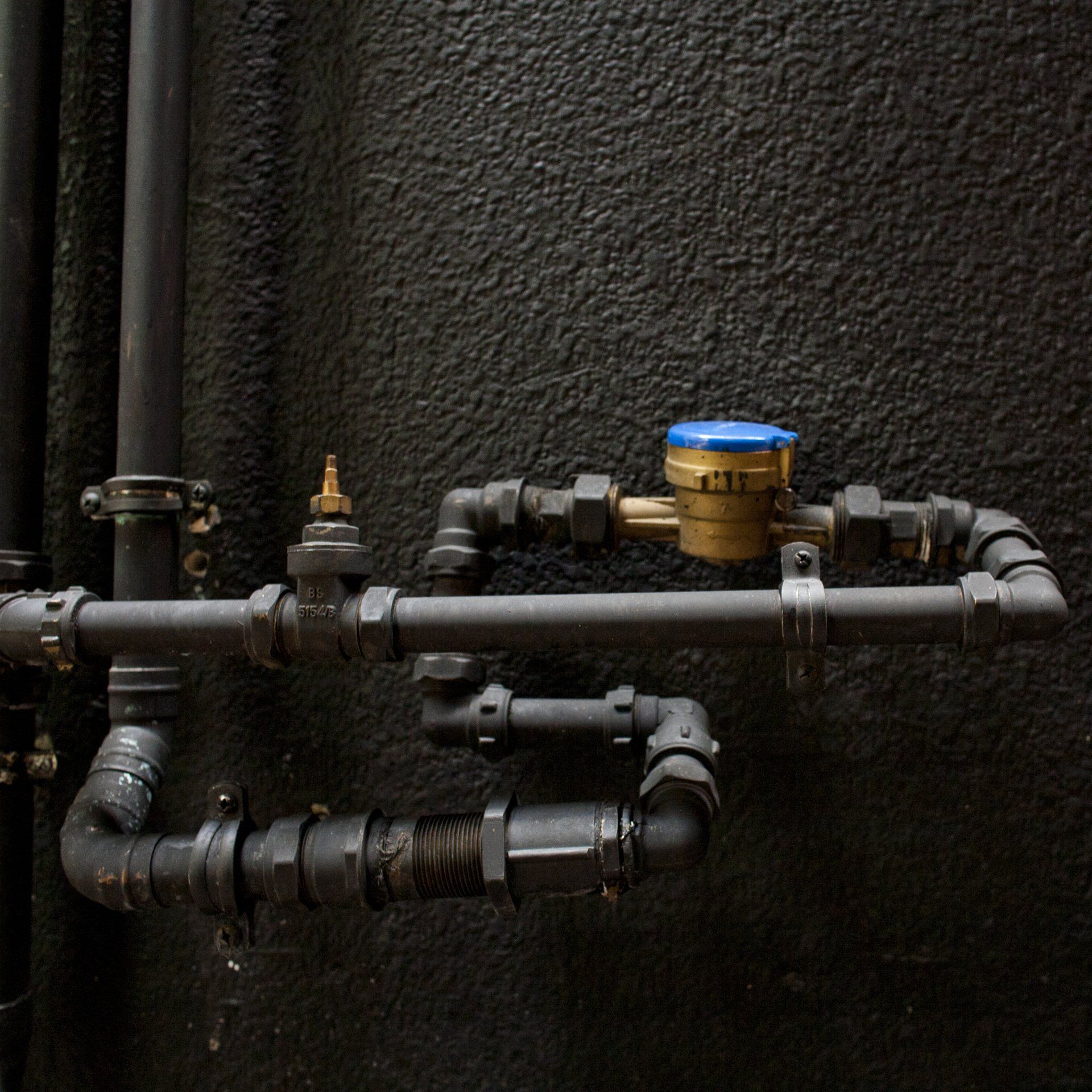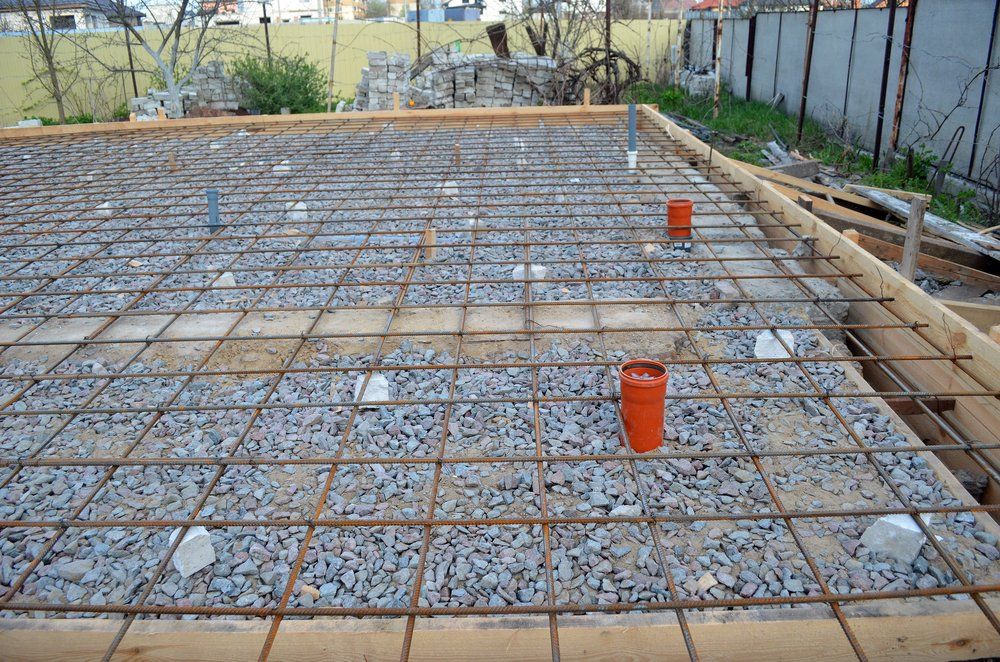
402-769-2943
Tips on Improving Basement Waterproofing
There are a number of issues that can contribute to a water-logged basement. These include missing downspouts, poor ventilation, roof drainage, and window wells. If you're having trouble fixing any of these problems, contact a professional handyman to tackle the job. These professionals can handle even the most difficult basement repairs. Below are a few tips on how to improve your basement's water-proofing.

Downspouts lacking
Downspouts are a major part of basement waterproofing and should be installed if they do not already exist. The downspout should be extended a few feet beyond the foundation walls and terminate at a point six to eight feet away from the house. It should be oriented to slope away from the foundation walls for at least six feet, and the soil should slope away from the house by at least 12 inches.
When it rains, the loose soil surrounding the basement becomes saturated. This water builds up hydro static pressure on cracks and joints and eventually finds its way into the basement. Without proper basement waterproofing, water can seep through these cracks and joints, causing a wet basement. Luckily, downspout extensions are available to prevent this problem. This simple step can prevent many problems associated with a flooded basement.
Homeowners who do their own waterproofing know how important downspouts are to keeping water from the basement dry. Most homeowners understand the importance of directing roof runoff away from the foundation. They extend downspouts as part of their basement waterproofing efforts. The downside of this approach is that it doesn't address the underlying cause of a flooded basement. You should always seek the advice of a professional before implementing any changes to your basement waterproofing system.
Installing downspout extensions on the ends of the downspouts can help prevent excessive water from entering the basement. By redirecting water four to five inches away from the house, you can protect the foundation of your home and prevent a leaky basement. It's easy to overlook downspouts when you're doing your waterproofing project. You'll be glad you took this step.
Poor ventilation
In addition to waterproofing, one of the most important things to consider when improving basement waterproofing is the air quality in the space. If you don't install proper ventilation, your basement will feel stuffy and musty. Here are some ways to improve the air quality in your basement:
Increased ventilation: One of the best ways to improve the air quality in your basement is to add windows. They not only add light and space but they improve air flow as well. The more windows you have, the better. If you cannot install new windows, choose ones that are covered and protected from weather. Adding vents to the basement wall will help exchange stale air with fresh air and increase circulation between rooms. The use of these methods will improve your basement's comfort level and reduce your energy bills.
Proper ventilation is essential to avoid lung diseases caused by radon. Radon is a colorless, odorless gas that can enter your home through the basement walls. The EPA recommends testing the basement for radon and if it's high, install a mechanical ventilation system. Otherwise, you may need to replace the entire basement to deal with radon. Investing in new ventilation systems will increase the overall quality of air in your home, and will help your basement waterproofing efforts.
Proper ventilation also increases the value of your home. A properly ventilated basement is more likely to sell for more than a comparable home with inadequate ventilation. And if you're worried about mold or mildew, a properly ventilated basement may increase your home's value. The increased value of a home with proper ventilation makes it more attractive to potential buyers. If your home is on the market, it's a good idea to invest in good ventilation before listing your home.
Another problem with poor ventilation in the basement is the increase in temperature. Excess moisture will cause mold and mildew to grow in the space. Mold can cause allergic reactions and even cause serious respiratory infections. A humid basement also fosters the growth of mold. If this mold grows, it will spread quickly through the air, making it an extremely dangerous condition for your home. If the basement isn't ventilated, it will cause more damage than good.
Roof drainage
One of the most overlooked aspects of basement waterproofing is the roof drainage system. When installed properly, the roof drainage system directs water away from the foundation, reducing hydro static pressure against the wall. Ensure downspouts are extending several feet away from the foundation to prevent water buildup. Contact a professional basement waterproofing contractor for help with this step. Ensure that the downspouts are properly graded and inspected at least twice a year, preferably twice - during the fall, when leaves and pollen pose the greatest threat.
The number one cause of wet basements is poor roof drainage. The size of the roof surface equates to a large amount of water that accumulates on the surface, and the lack of adequate drainage can mean the difference between a dry basement and a wet basement. If the roof is not properly drained, it can lead to a wet basement that will need professional help. Fortunately, it's fairly inexpensive and easy to perform on your own.
Ensure proper roof drainage is present in your backyard and slopes away from the foundation. A concrete or brick patio may contribute to a wet basement problem. Properly constructed paved surfaces should slope away from the foundation by at least 1/4 inch for each horizontal foot. For larger patios, you can construct a funnel-shaped drain in the centre, which can then be connected to a perforated drain pipe and lead out to the lawn. The slope toward the foundation may be a result of poor construction or soil settling.
In addition to installing proper above-ground drainage, it's important to install a sump pump and water-tunnel system. These systems funnel water to a sump pit, which expels it 10-20 feet away from the foundation. A sump pump has a sensor to detect when water collects in the pit, and activates when it senses it. This pump is usually plugged into a standard-voltage electrical outlet.
Window wells
Installing window wells in your basement is a great way to add livability to your space while maintaining waterproofing. These additions will allow light to enter the basement and provide a way to escape if necessary. You can also purchase window wells that meet the egress code of your state. They meet all codes for safety and allow for easy exit in case of emergency. A window well can be made of concrete, metal, or glass.
You may have problems with your window wells if heavy rain has left it clogged with debris. If this is the case, clean out the area around the window well to remove the debris. You should also try to remove the debris to keep water from accumulating. You can also install a drain if your window wells don't already have one. A window well drain is well worth the investment.
If your window well is not installed properly, the water will accumulate and may cause a leak in your basement. To prevent this, dig a hole twice the size of the window well. Be sure to make a drainage trench around the window well as well. Using this method will keep your home waterproof. Moreover, if you have windows in the basement that are inaccessible, install a plastic or metal cover on top of the window well.
The best part about installing window wells in your basement is that it prevents water from entering the home. Moreover, it allows sunlight to enter the basement and increases the value of your house. Epp Foundation Repair offers complete window well services in order to install a window well in your home. The benefits of installing window wells are numerous: they prevent water infiltration, provide a safe haven for mildew and mold, and prevent moisture from leaking inside your house.
Another simple solution is to install a sump pump inside the window well. This can save you the trouble of hand-baiting every time it rains. Additionally, it will protect your basement as long as your electricity stays on. However, there are some downsides to installing a sump pump in a window well. Although this option isn't ideal, it is an excellent way to ensure that your basement is safe and dry.
Book a Service Today
We will get back to you as soon as possible
Please try again later
Quick & Reliable
We are available 24/7 via fax, email or telephone
All Rights Reserved | Company Name | Powered by Snapps

